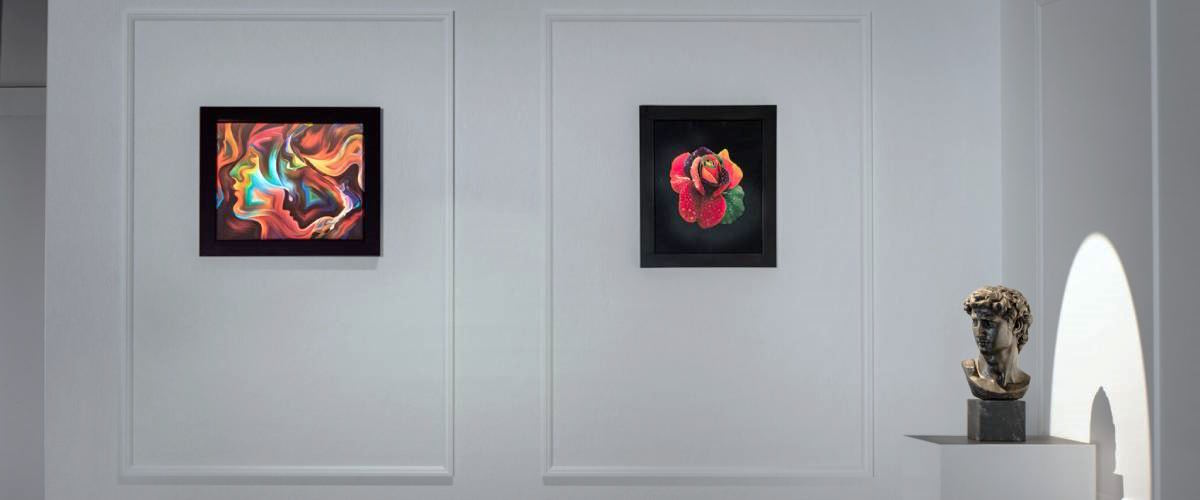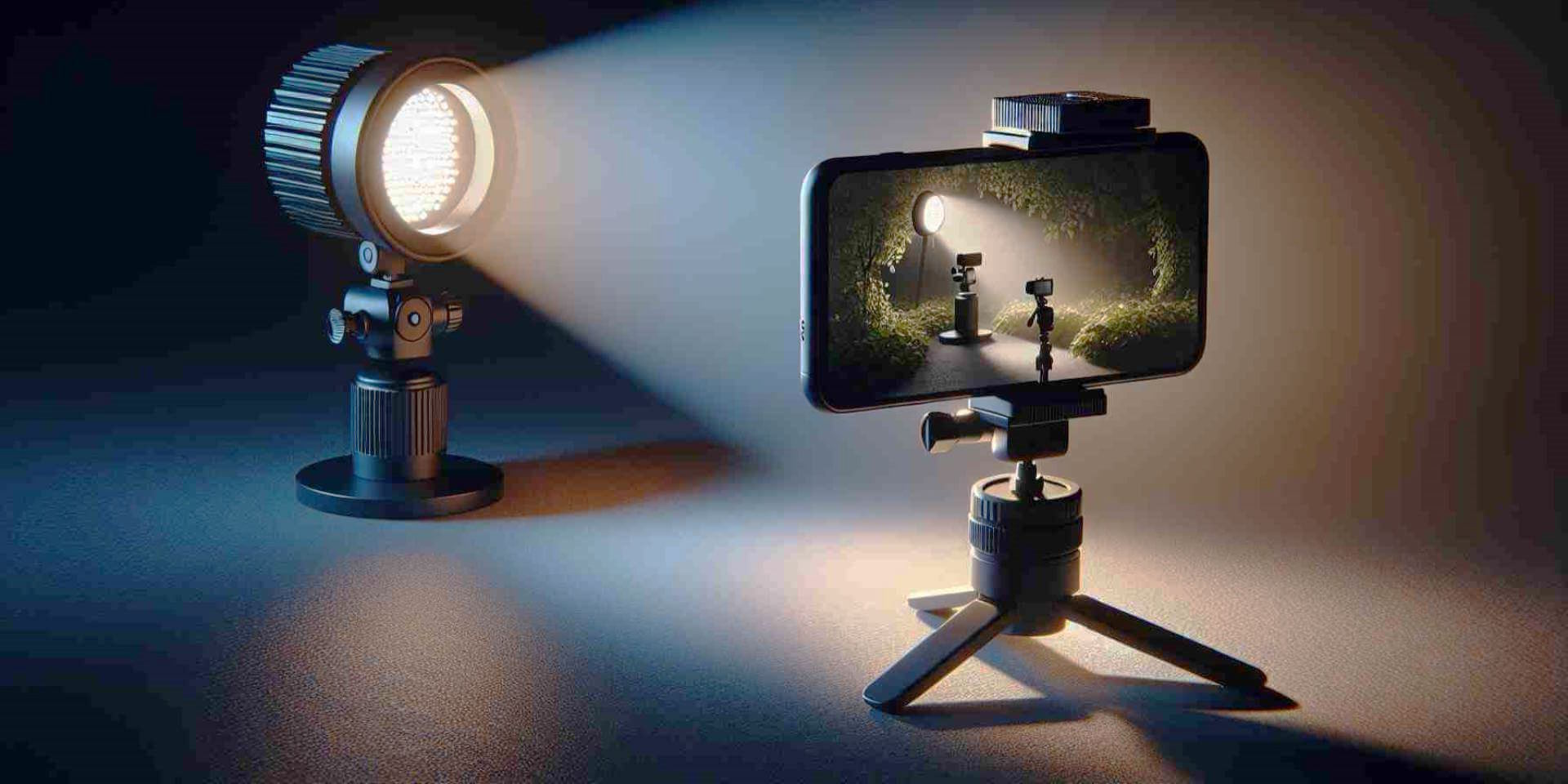Achieving stunning photographs requires more than capturing moments; it demands a keen understanding of lighting and composition. Mastering these elements will significantly elevate the quality of your images, transforming ordinary shots into exceptional ones.
Natural vs. Artificial Lighting: Choosing the Best for Your Shots
Lighting is a fundamental aspect of photography that can drastically affect the mood and quality of your images. Natural lighting, such as sunlight, often provides a soft, warm glow that enhances colors and textures. It’s ideal for outdoor shoots or indoor photography near windows. To make the most of natural light, shoot during the “golden hour,” shortly after sunrise or before sunset, when the light is diffused and flattering.
On the other hand, artificial lighting, including studio lights or flash, allows for more control and consistency, especially in low-light or indoor settings. Use diffusers or softboxes to soften the light and reduce harsh shadows. Combining natural and artificial lighting can also be effective—use natural light as a base and add artificial light to fill in shadows or create highlights.

Compositional Techniques: Framing and Angle Tips for Impactful Images
Composition plays a crucial role in creating visually appealing photographs. One fundamental technique is the rule of thirds, which involves dividing your frame into a 3×3 grid and placing the subject along these lines or their intersections. This technique adds balance and interest to your shots.
Experiment with different angles to find the most compelling perspective. Shooting from a lower angle can make your subject appear more dominant, while a higher angle can provide a broader view. Additionally, pay attention to leading lines, which guide the viewer’s eye toward the image’s focal point. These compositional techniques help in creating images that are not only aesthetically pleasing but also engaging.
Balancing Exposure: Handling Different Lighting Conditions
Exposure refers to the amount of light that reaches your camera sensor, affecting how bright or dark your photo appears. Balancing exposure is essential for capturing details in both highlights and shadows. Use your camera’s exposure settings—such as aperture, shutter speed, and ISO—in varying lighting conditions to achieve the right balance.
In bright conditions, you might need a faster shutter speed or a lower ISO to prevent overexposure. Conversely, a slower shutter speed or higher ISO can help brighten the image in low-light situations, but be cautious of potential noise.

